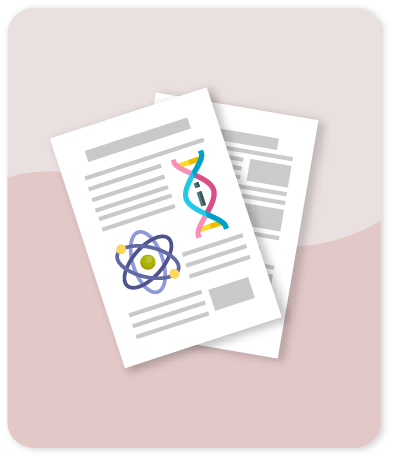Impact of the time intensity of statistics in the saber 11 tests [Impacto de la intensidad horaria de la estadística en las pruebas saber 11]

Compartir este ítem
Autor
Zuluaica C.A.
del Pilar Yepes-Guerra A.
Villa-Ochoa J.A.
Guzmán-Aguilar D.S.
Citación
Metadatos
Mostrar el registro completo del ítemResumen
Introduction. In Colombia, the General Education Law gave Educational Institutions the authority to organize their academic curricula according to their corresponding Educational Projects. Based on this institutional autonomy, some educational institutions have divided the area of mathematics into subjects such as statistics and geometry; also they have allocated a weekly time to each one of these subjects. In contrast, other institutions organize the area of mathematics by themes developed at specific times during the school year. In this sense, knowing the effects that one or another allocation could have on educational processes represents an interest for research and for teachers and educational institutions. Objective. Determine the effect that the allocation of teaching hours spent on the statistics subject could have on student performance on the Saber 11th Test in public educational institutions from Medellin-Colombia. Materials and Method. Data were extracted from the Saber 11-test results. A linear model was adjusted with mixed effects. Results. After controlling for the institution effect, it was found that some student-specific variables do impact the results in mathematics. However, allocation of teaching hours spent on statistics is not a significant factor. Conclusions. Time allocation and teaching hours spent on a statistics course do not have automatic or immediate impact on student performance. Every institution should consider strategies to promote student competencies according to their economic and social conditions. © 2019 Corporacion Universitaria Lasallista.
Colecciones
- Indexados Scopus [1813]
